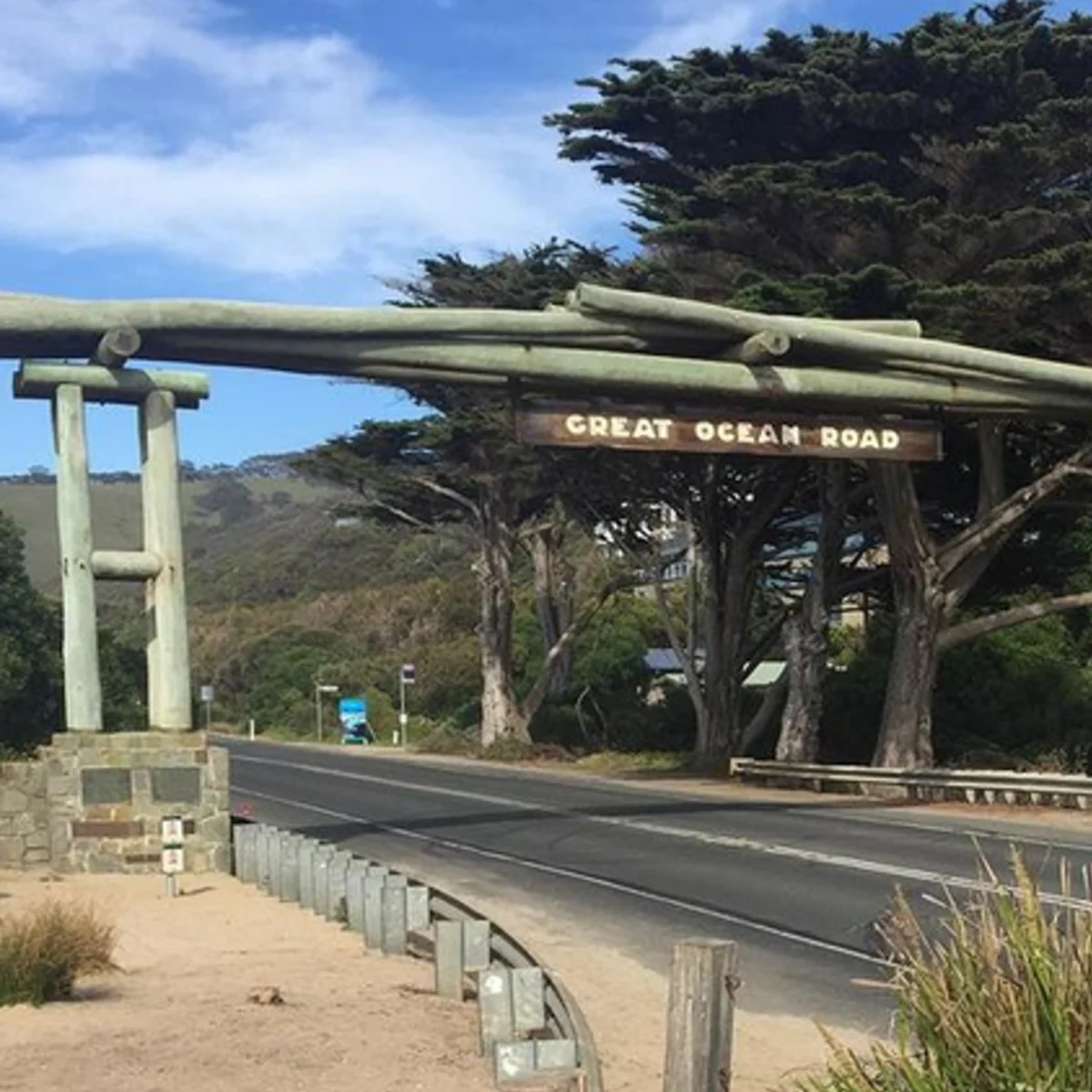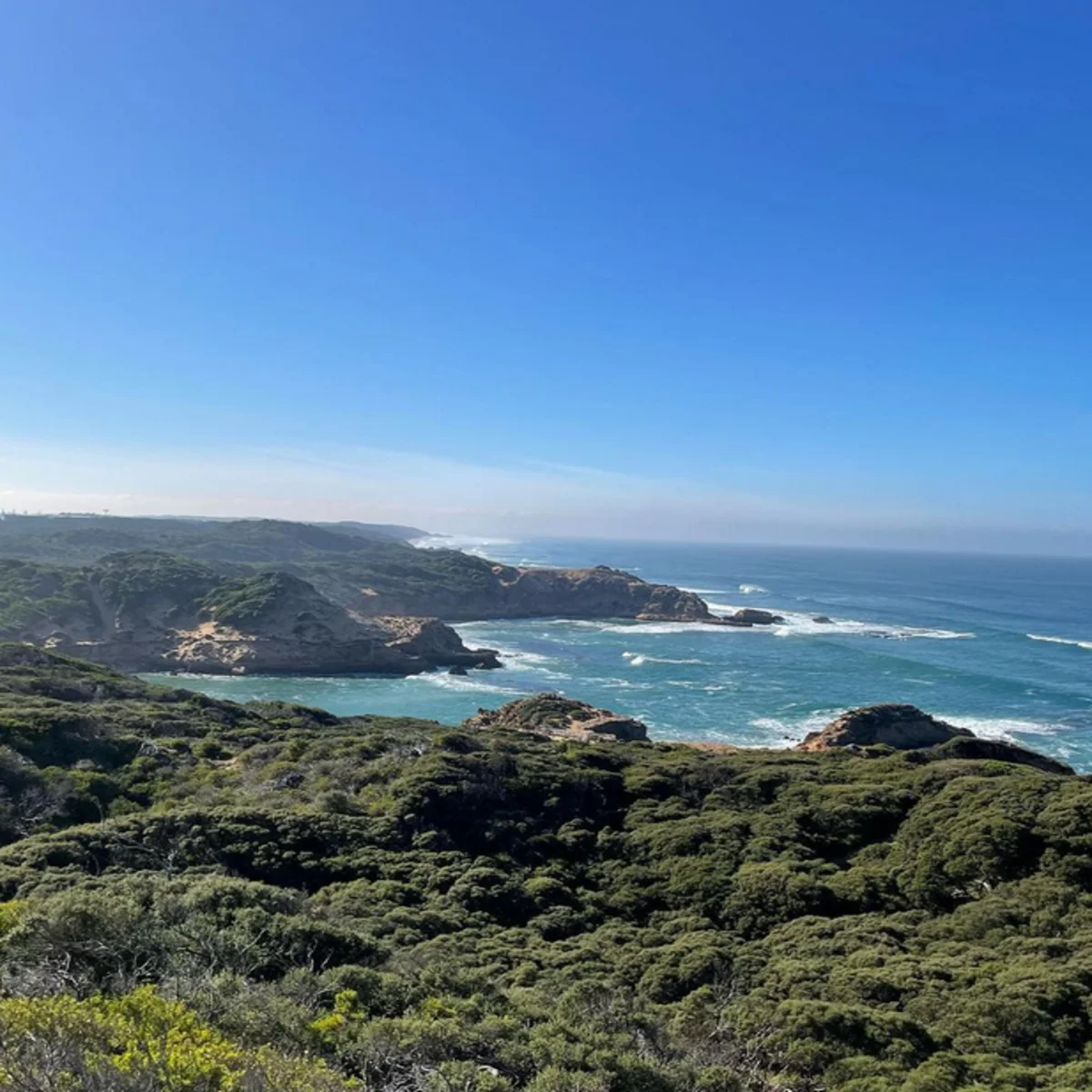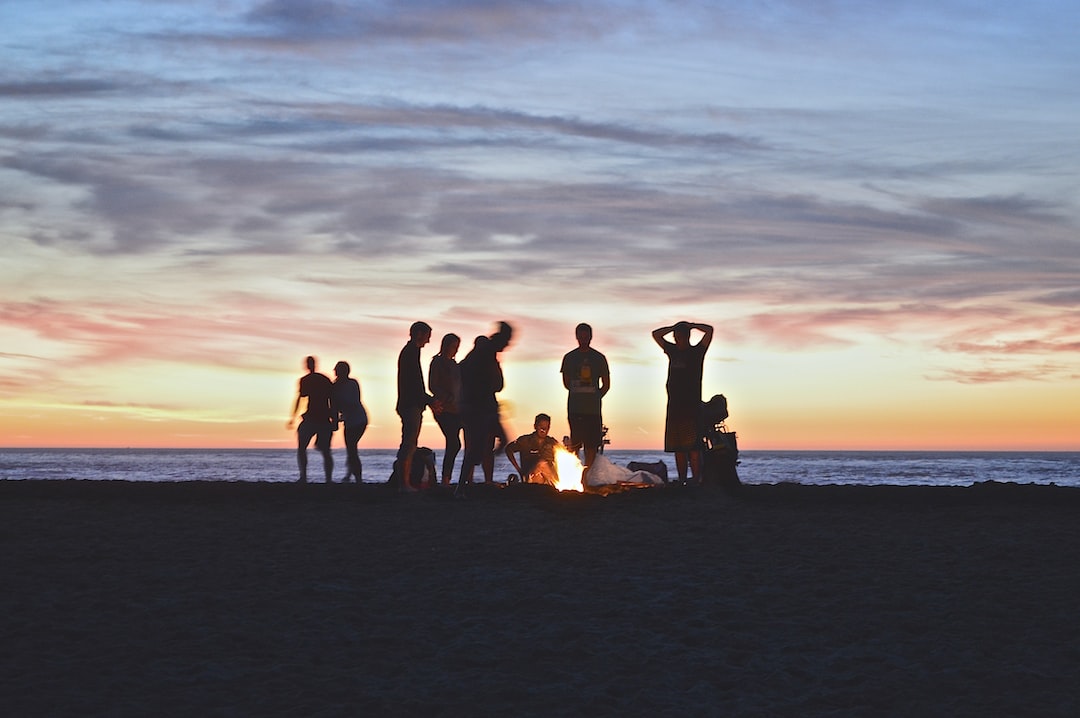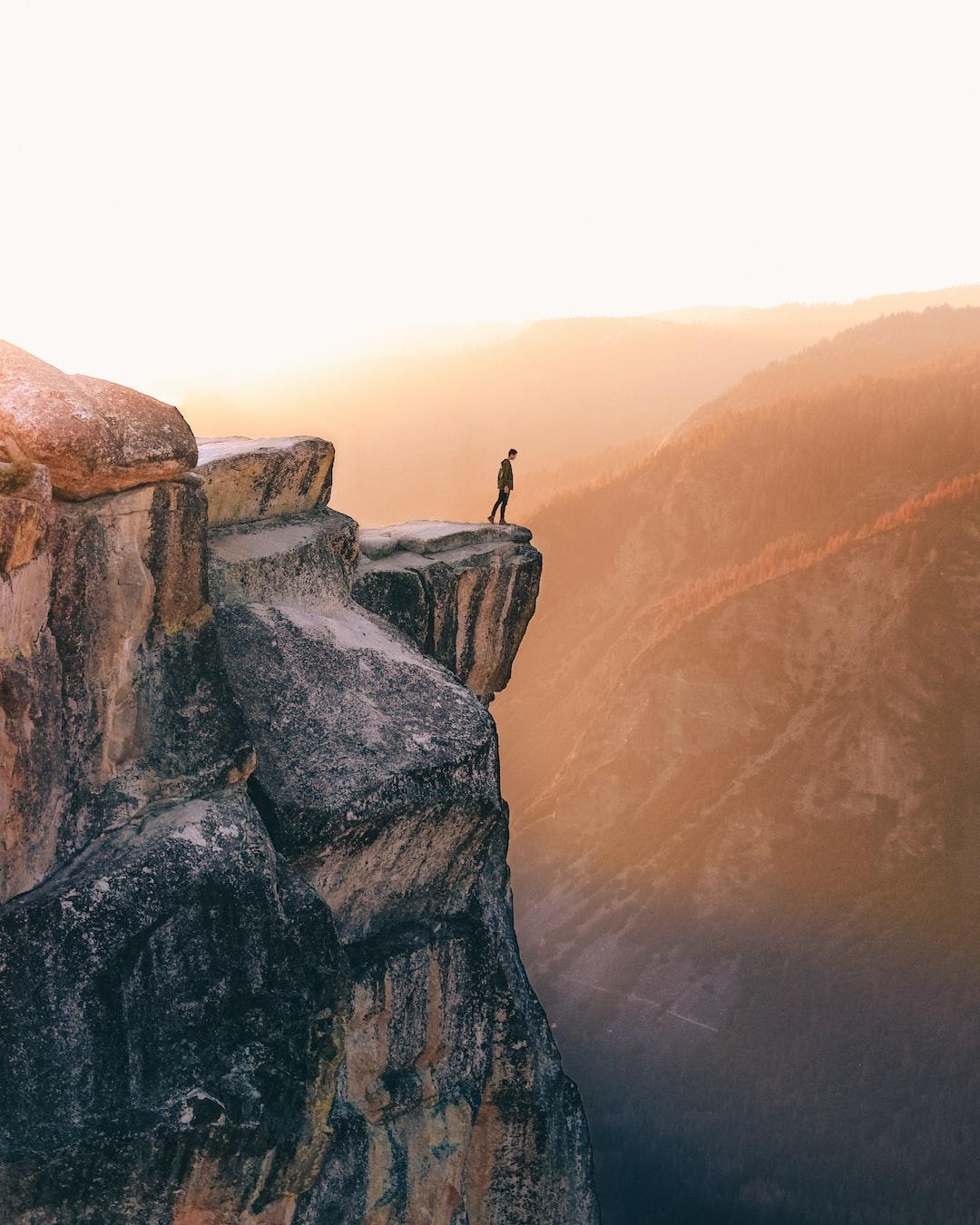Great Ocean Road Wildlife
The Great Ocean Road region offers a wide variety of wildlife experiences - on land and in the water, in natural habitats or in ready-made environments that allow you to get up close and personal with the local fauna. Take a Great Ocean Road day trip to see these fantastic animals.

Overview
The Great Ocean Road region offers stunning wildlife viewing. Get up close and personal with kangaroos, emus and koalas at Tower Hill State Reserve, see echidnas in Port Campbell National Park or hike the Melba Valley to see a large colony of fireflies putting on a spectacular light show. Observe whales and seals in their natural habitat, or take a dawn canoe trip on Lake Elizabeth and try to spot the elusive platypus in the wild.
Best wildlife encounters
Kangaroos
Kangaroos can be seen around the region, especially at the Anglesea Golf Course, where Roo Tours are offered. Other good spots to see them are on the Great Ocean Walk near Johanna Beach Car Park and in Princetown on the Gellibrand River Flats. In the Otways, you may come across Wallabies, which are smaller and darker cousins of kangaroos.
These unique creatures are commonly seen at dawn and dusk, enjoying fresh grass shoots and leaf tips throughout the region.
The best place to spot them is at Anglesea Golf Course.
Kangaroos can be found at Anglesea Golf Course. To view them, it is advised not to walk on the course. It is best to observe them from the road. Kangaroo tours are available Monday to Friday, 10 am – 4 pm, and on weekends by appointment only.
Koalas
Koalas are known for their love of eating and sleeping. They are commonly found in the Otways and around the Great Ocean Road region. Good places to spot them include Cape Otway, Kennett River, Wye River, Wongarra, and Lorne. Keep an eye out for them in gum trees, even in the townships, for a chance to see them up close.
These creatures are commonly found in the foothills of the Otway Ranges, where they can be seen snuggled into tree forks. They are territorial animals, so it is recommended to maintain a safe distance.
A recommended location to spot them is at Kennett River.
Wallabies
Swamp wallabies are frequently seen in the dense rainforest undergrowth, with other species also present in the region. They are smaller and darker in colour compared to their larger kangaroo relatives.
A recommended location to view them is the Bay of Islands Coastal Park.
Glow worms
Glow worms can be found around Lorne's rainforest, particularly in Melba Gully and Maits Rest near Apollo Bay.
Please bring a dark flashlight and avoid shining it directly at them to experience the effect entirely.
Glow worms can be found along walking trails, typically in dark and damp locations such as soil banks and creek embankments. They are shy creatures that may retreat into darkness if disturbed by torches, loud noises, or touching.
A recommended location to see them is Melba Gully.
Emus
Emus are typically found in family groups on the plains across the region, where they feed on seeds, fruits, and small insects. While generally peaceful, it is advised to maintain a safe distance as they can deliver powerful kicks or pecks if threatened.
One recommended location to see them is Tower Hill.
Whales
Whales can be seen migrating along the Coast during the cooler months. Places like Portland, Port Fairy, and Warrnambool are good spots to see them. Logan's Beach in Warrnambool is known as a whale nursery where mothers bring their calves. Cape Otway Lightstation is also great for spot humpbacks and Southern Right Whales. You can subscribe to Whale Mail to receive sighting alerts.
Each year, Southern Right Whales return to Logan's Beach to give birth and raise their calves. They migrate along the Coast before heading back to Antarctica. Blue Whales, the Earth's largest mammal, visit the waters of Portland during summer. Blue Whales can grow 22-24 meters long and weigh over 100 tonnes. They are mostly spotted from November to May. Cape Nelson and Cape Bridgewater are among the few places where Blue Whales can be seen feeding from land.
The best location to view them is Logan's Beach in Warrnambool during winter.

Echidnas
These small, spiky creatures, often found in rainforest and dry sclerophyll forest regions, have a diet of ants and termites. They are commonly seen crossing roads and are intriguing to observe.
A recommended location to view them is Port Campbell National Park.
Platypus
Lake Elizabeth and Mount Emu Creek in Skipton are known locations to observe the elusive mammal. Otway Eco-Tours offers tours at dusk or dawn for canoeing on Lake Elizabeth to spot these local animals. Visitors should keep a lookout near rivers and estuaries for a chance to see them.
These elusive creatures are most active when they hunt for food during dawn and dusk, making them difficult to spot.
The otters spend the remainder of their time in their comfortable burrow by the riverbank or lakeside.
A recommended location to view them is Lake Elizabeth.
Birds
The region is famous among bird watchers, with many bird species to spot. Cockatoos are commonly seen in tree-filled areas, while coastal regions and waterways attract many waterbirds. In the Otways, you can find parrots and colourful robins. Look at the different types of birds you might encounter during your visit.
Other Animal Experiences
Farm animals
While not native, farm animals can be found throughout the region, providing opportunities for those from the city to see cows, sheep, pigs, alpacas, and retired champion racehorses in the rich farming country.
Discover the Maremmas
In Warrnambool, visitors can meet the Maremma dogs trained to protect the penguins on Middle Island.

